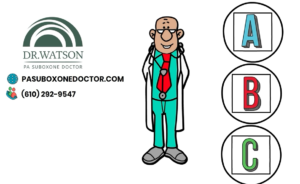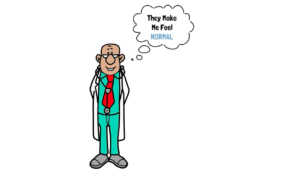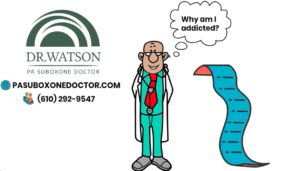Trauma deeply influences the development and persistence of addiction, creating a complex cycle that’s difficult to break. Research shows that children who experience trauma are five times more likely to develop alcoholism, and 59% of young people with PTSD struggle with substance abuse.
Trauma, especially during formative years, significantly alters brain chemistry. This can affect the limbic system, leading to chronic hyperarousal or an overactive stress response. This constant state of fight-or-flight and alertness is often what drives people to seek relief through drugs. Although they can temporarily numb emotional distress and calm the nervous system, this toxic cycle of pain and pleasure leads to addiction.
In this blog, we’ll dive into why it is so important to treat Substance Abuse Disorder with trauma and mental health conditions in mind. We’ll answer the most frequently asked questions about the subject as well.
1. What are the treatment options for OUD/AUD?
Effective treatment for Opioid Use Disorder (OUD) and Alcohol Use Disorder (AUD) involves a combination of therapies that target both the physical and psychological aspects of addiction. Medication-Assisted Treatment (MAT) is a key component, using medications like methadone, buprenorphine (Suboxone), and naltrexone to stabilize brain chemistry, reduce cravings, and block the euphoric effects of substances.
MAT is often combined with trauma-informed therapy to develop an individualized treatment plan. With these tailored plans, the underlying cause for addiction can also be addressed. It’s important that the provider sees and understands the patient’s addiction journey from end-to-end. If you are in the Philadelphia, Norristown, or King of Prussia areas and looking for a doctor with ample MAT experience, contact Dr. Watson.
2. How does Medication-Assisted Treatment (MAT) work?
MAT works by normalizing brain function. For instance, methadone and buprenorphine are opioid agonists that bind to opioid receptors, just as opioids like heroin do, but they do so in a controlled way that reduces withdrawal symptoms without producing the same high. Naltrexone, on the other hand, is an opioid antagonist, which blocks the opioid’s euphoric effects. By stabilizing brain chemistry, MAT allows patients to focus on healing the psychological aspects of addiction.
3. How long does recovery from OUD/AUD take?
Recovery timelines vary in duration depending on factors like the severity of the addiction, the presence of other mental health conditions, and the support system. While MAT may continue for months or even years, the integration of trauma-focused therapy can prevent relapse and ensure a sustainable recovery. A study published in BMC Psychiatry notes that individuals who received integrated treatment had increased motivation to keep up with their AUD/OUD treatment.
4. What are the success rates of different treatment programs?
Success rates for treatment programs vary widely. Programs that combine MAT with behavioral therapies have higher success rates. A study from the National Institutes of Health (NIH) reveals that patients receiving a six-month course of methadone had a relapse rate of only 32%, compared to those who did not receive such care. The combination of MAT and trauma therapy addresses both physical cravings and the root psychological cause, leading to more sustained recovery.
5. How can I find a rehab center for OUD/AUD?
It’s crucial to choose a center that tailors its approach to the patient’s unique needs, taking into account trauma or mental health conditions that may contribute to their addiction. Look for programs that offer comprehensive treatment plans, including MAT, trauma-informed therapy, and aftercare support. Specialists like Dr. Watson, who focus on the intersection of trauma and addiction, can provide such care. So, if you are by Norristown, Philadelphia, or King of Prussia, contact us for more.
Sources:
- https://www.gatewayfoundation.org/addiction-blog/trauma-and-addiction/
- https://www.ncbi.nlm.nih.gov/pmc/articles/PMC3051362/
- https://www.niaaa.nih.gov/alcohols-effects-health/alcohol-topics/alcohol-facts-and-statistics/alcohol-treatment-united-states
- https://nida.nih.gov/research-topics/trauma-and-stress#connection
- https://www.ncbi.nlm.nih.gov/pmc/articles/PMC9886899/#:~:text=Results,received%20the%206%2Dmonth%20treatment.
- https://www.ncbi.nlm.nih.gov/pmc/articles/PMC3753025/








